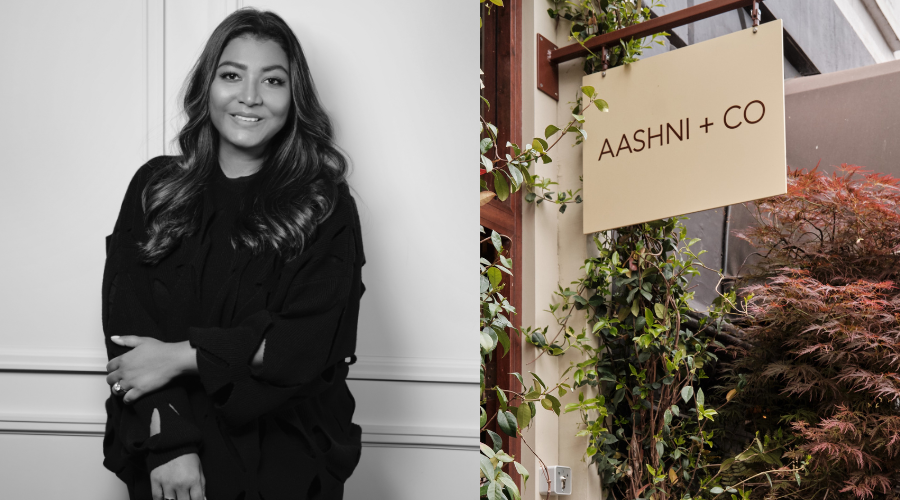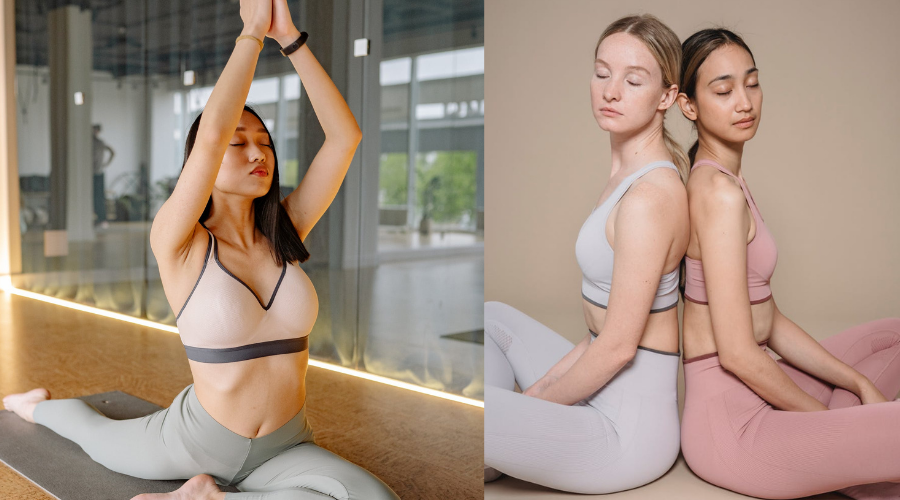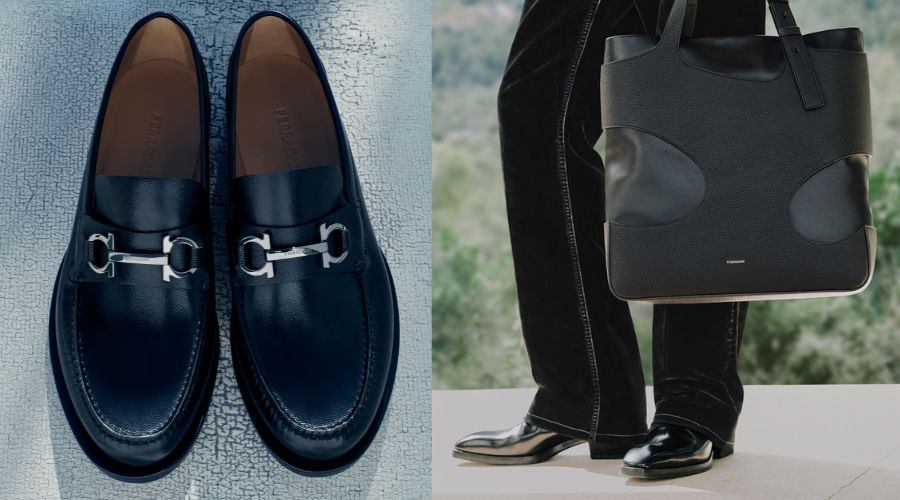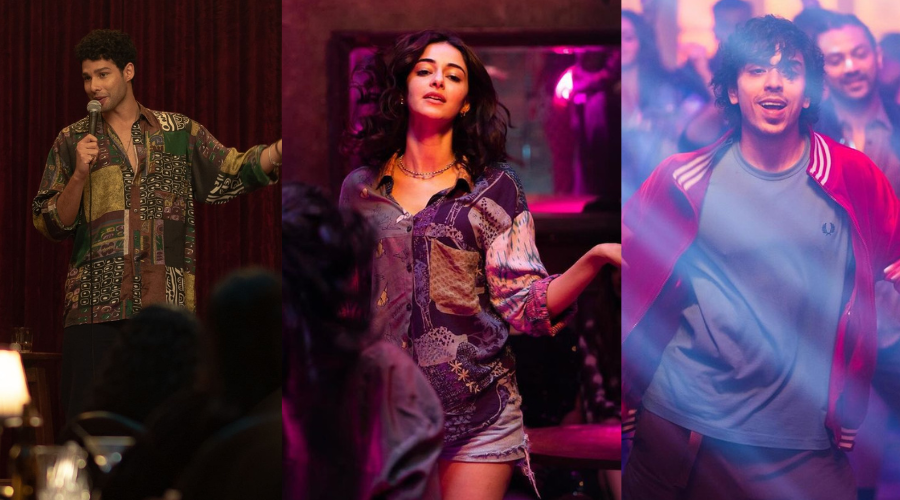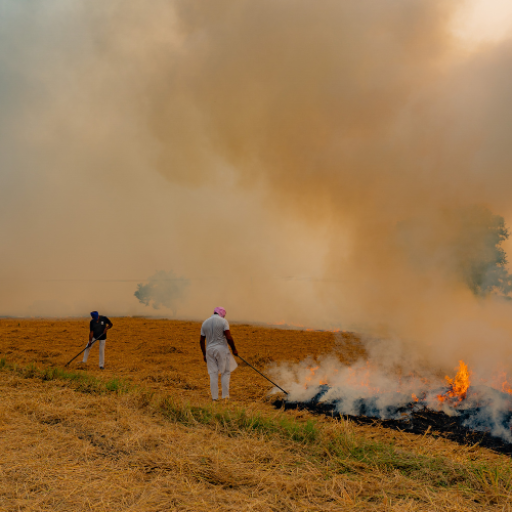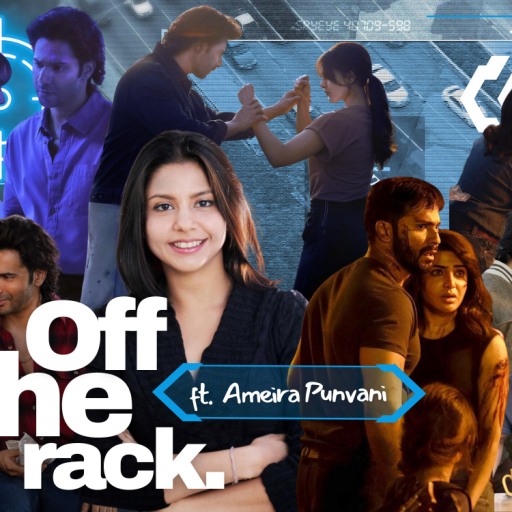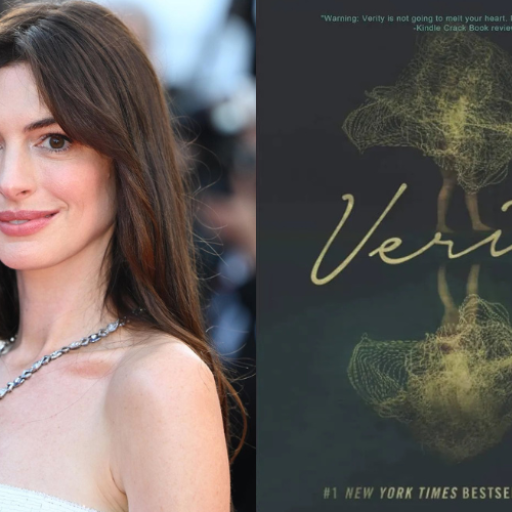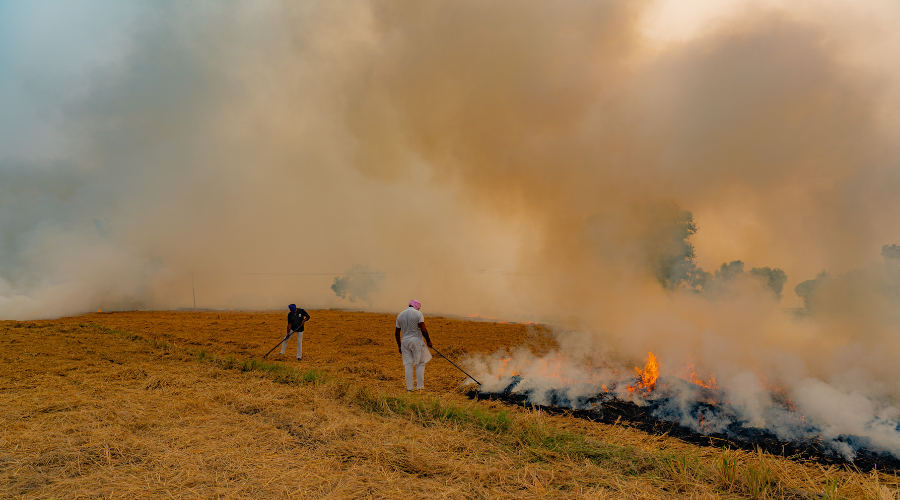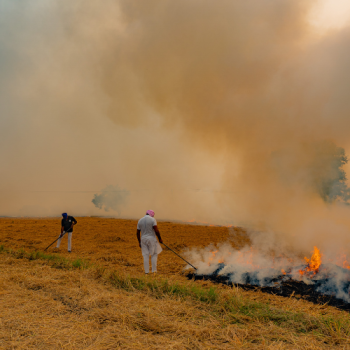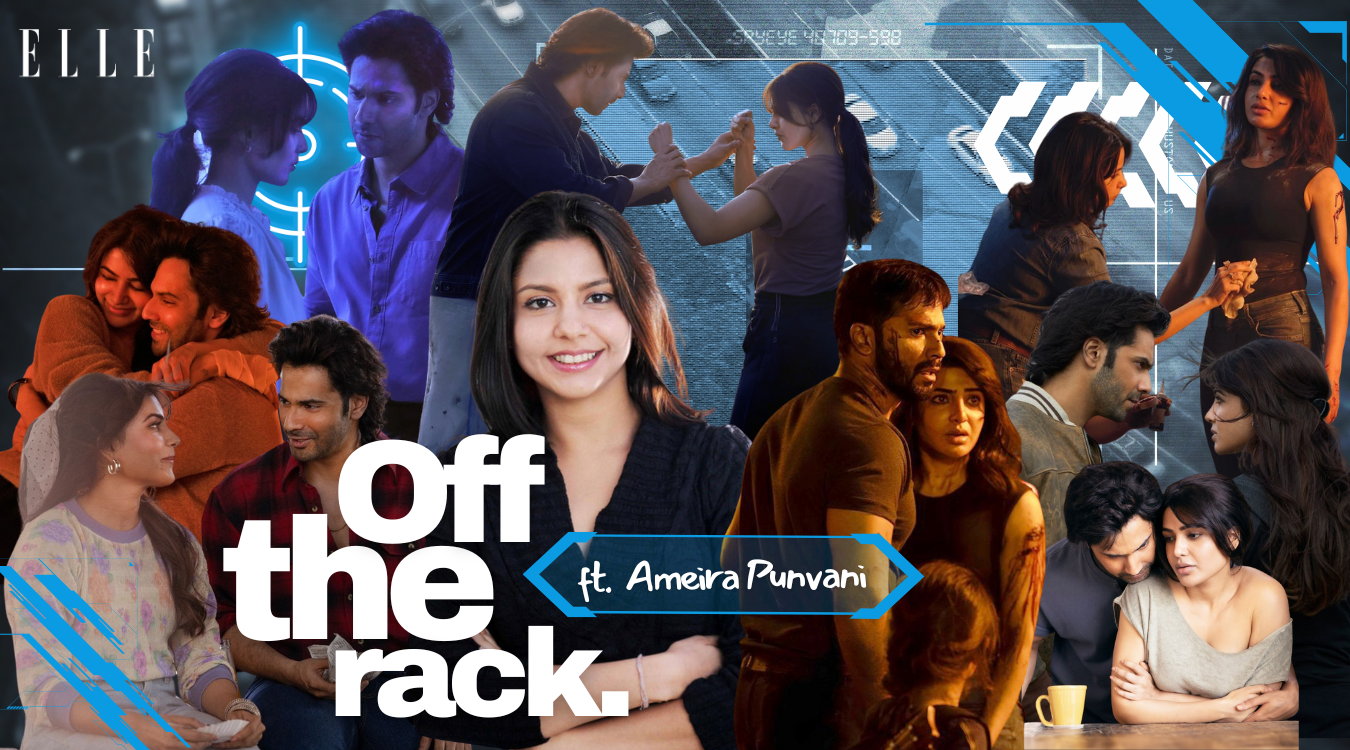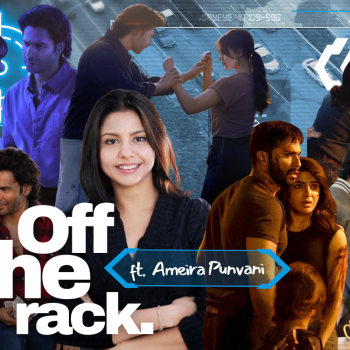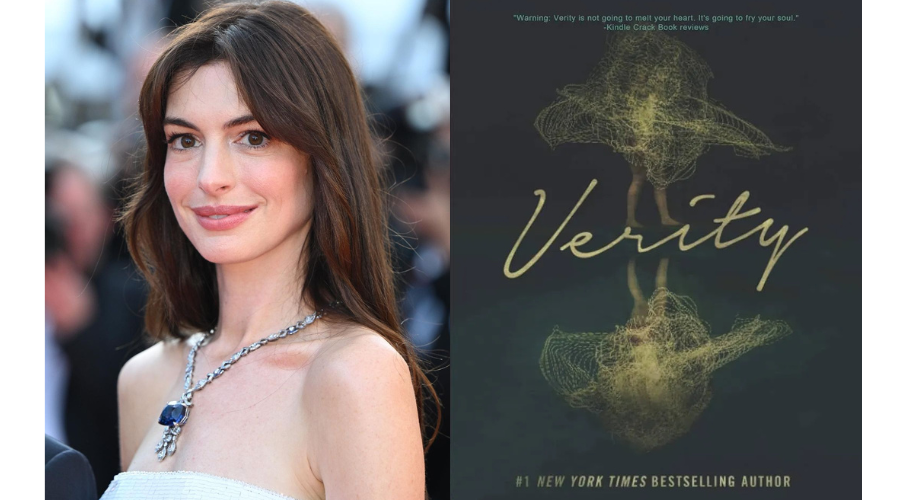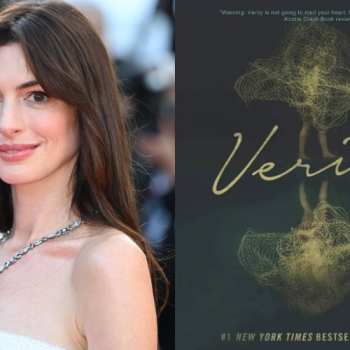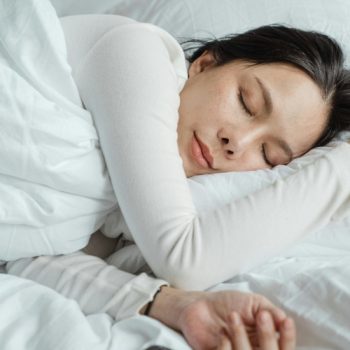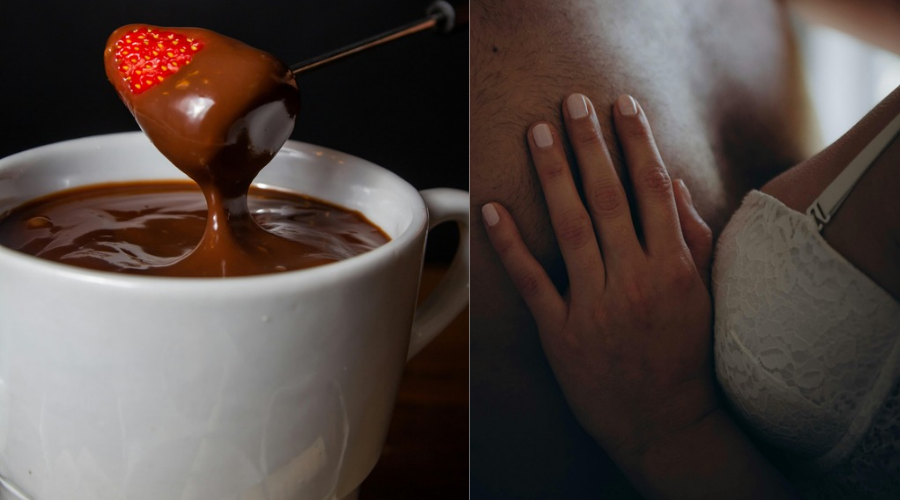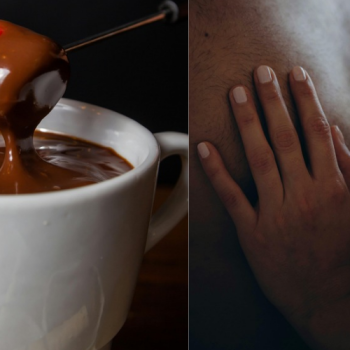Everyone’s talking about Kho Gaye Hum Kahan. An oft repeated reason is that it’s relatable, a sentiment we agree with and share. This tale about three twenty somethings in Mumbai, where romanticism, aspiration, and heartache converge with the allure of social media has made waves on social media and otherwise. While the rousing performances have struck a chord with audiences, it’s of note how the sartorial moodboard seamlessly managed to transform the storytelling with its well researched intricacies.
Yes, we’re talking about ‘that’ revenge sari of Ahana (essayed by Ananya Panday) coupled with the quirky crochet shirts sported by Imaad (Siddhant Chaturvedi). Enter costume designers Bridget Baker and Rebecca Anderson, two supremely talented creatives tasked with the styling for Kho Gaye Hum Kahan. Their commitment to the craft was such that they went forth with the decision of tea staining the majority of the lighter coloured ensembles as they worked with a highly specific colour palette. And a special shoutout to the master dyer Puran and the dressmen, who took this up on a daily basis.
From extensive sourcing trips to Elco market, stores around Hill Road, Mangaldas and Chor Bazaar, the groundwork was intense, to say the least. Here’s what the two had to say, when quizzed about the fashion moodboard for Kho Gaye Hum Kahan.
ELLE: Take us through the broad sartorial moodboard for Kho Gaye Hum Kahan.
Before we speak about the moodboard, it would be great to give you a bit more of a background. I am happily influenced by brands like the Japanese brand Needles for mismatched inspired vintage styles with a contemporary twist, as well as Bode’s ethos of re-working crafted elements of textiles. I am also keen to limit the wastage of environmental resources for the sake of film especially of clothing that is bought from current fast-fashion brand outlets. However, it’s not always easy to do this with a film, especially one that’s set in contemporary Mumbai with consumerist culture at the fore. We did our best to work with existing clothing sourced in Cape Town, New York, London, Miami and Mumbai, as well as to highlight special vintage or small brand pieces as much as possible.
Where I live in Cape Town, I am in walking distance to quite significant second hand clothing shops, and these always offer a magical playground for projects that I do. Places called Voom Voom, NeverNew, Bang Bang and Pereira Vintage are some of the haunts I like to dig around in. When I arrived in Mumbai it seemed like this trend of wearing thrift store clothing is appreciated as well and we certainly went to Bombay Closet Cleanse quite often to source. It seemed a great match to work with ideas around nostalgia, re-crafting and selective placement of clothing as one of the themes of the project and imbibe this understanding of non-wasting versus consumer culture in the way the characters do and don’t dress. Early on, I worked closely with Arjun (the director) to think about how ideas of contradiction could exist in the way the main characters presented themselves.
When we’re first introduced to Ahana in Kho Gaye Hum Kahan, she shows an aspect of gender non-conformity in her attitude to her appearance. She shops at thrift stores, wears re-threads/ recycled clothing, artist’s t-shirts, and vintage rock band t-shirts, and doesn’t wear much make up. At work, she wears original 70’s and 80’s blouses with 80’s inspired suits. Ahana is comfortable in her own skin, she’s not a poser. This is a conscious choice, she’s aware of her place in the world, and is introspective about how she fits into a developing consciousness about environment and broader world concerns. She’s not the centre of her world, but a mirror to it. Perhaps a soft version of Zendaya’s character type in Euphoria. In terms of her wardrobe she doesn’t mind mixing unexpected colours and textures. There’s something off about the cuts, a bit long, a bit short, odd colours, odd combinations which makes the clothing imperfect but also relatable. I felt like that was a fresh approach to a lot of what is coming out of Bollywood.
Ahana’s sense of styling changes as she experiments with other sides of herself, pushing to be attractive to Rohan, albeit via the screen. This change is gradual but becomes clear that she is showing us a side of herself which is desirous, and she pushes herself to use the phone as her mirror to the world. She studies influencers and replicates the way they project themselves in the world, forgets about her own way and looses a sense of the boundaries she had set for herself. The strength of this progression is evident in how her clothing styles change, how she makes of herself seductive, the highlight being when we see her in the rose-red dress at the sangeet. The silhouette front and back is majestic.
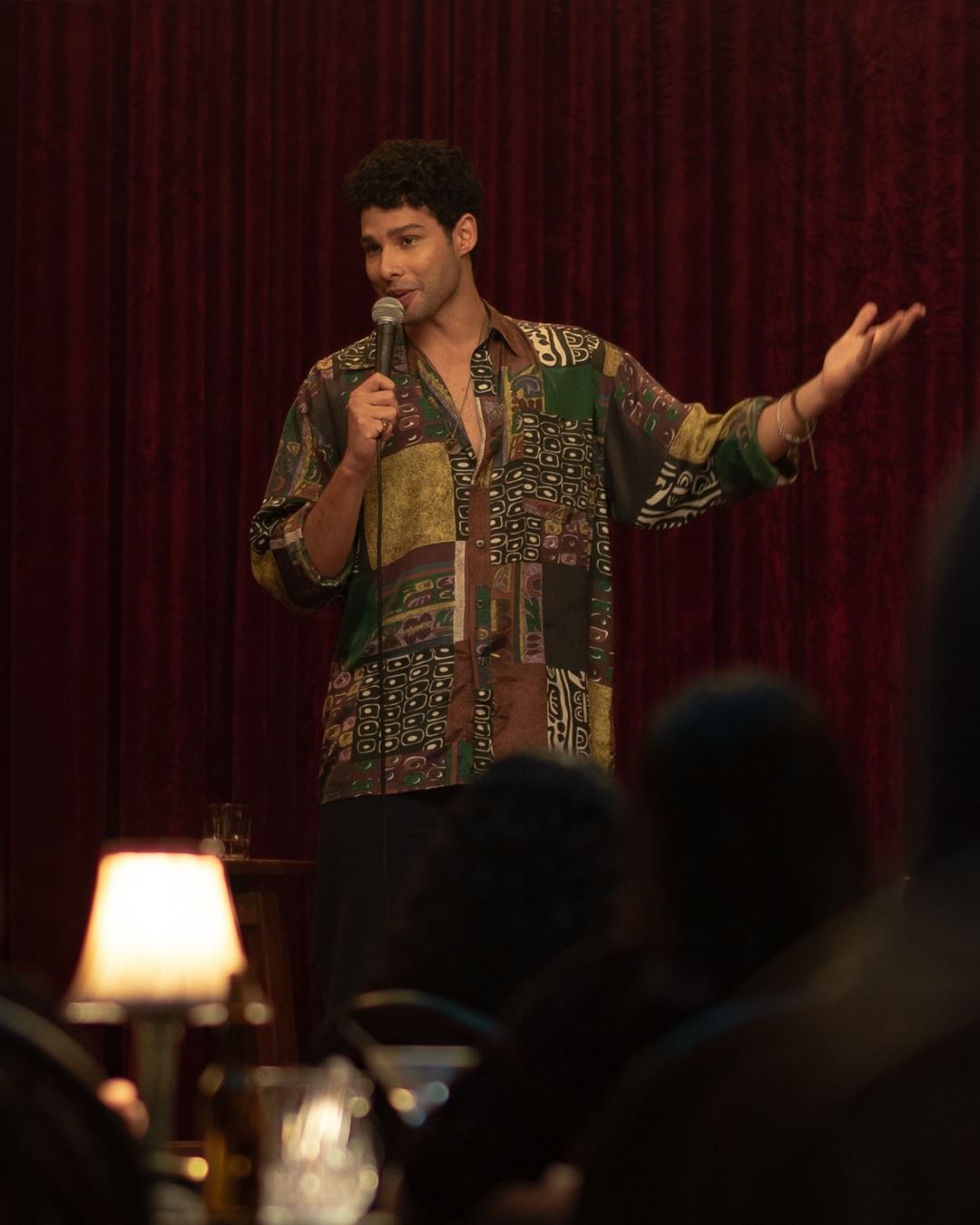
Imaad is a poser because he’s covering up. He chooses his clothes carefully – he portrays sensuality beautifully via his silk shirts, its beguiling, really. He is not revealing his truth and his clothing helps to distract us from his pain. His vintage silk shirts move subtly and shimmer as he performs his role on stage in dim light – they catch our eye, but when he’s low he just wears t-shirts or crewnecks. His dressing sense in Kho Gaye Hum Kahan is subtly influenced by the suave dress and performance style of the singers Harry Styles and 70s Mick Jagger amongst others. He’s not afraid to wear a crocheted shacket or a shirt made from embroidered table cloths either, but he always performs in a vintage silk shirt! He’s a real contradiction but we can’t help liking him because of it.
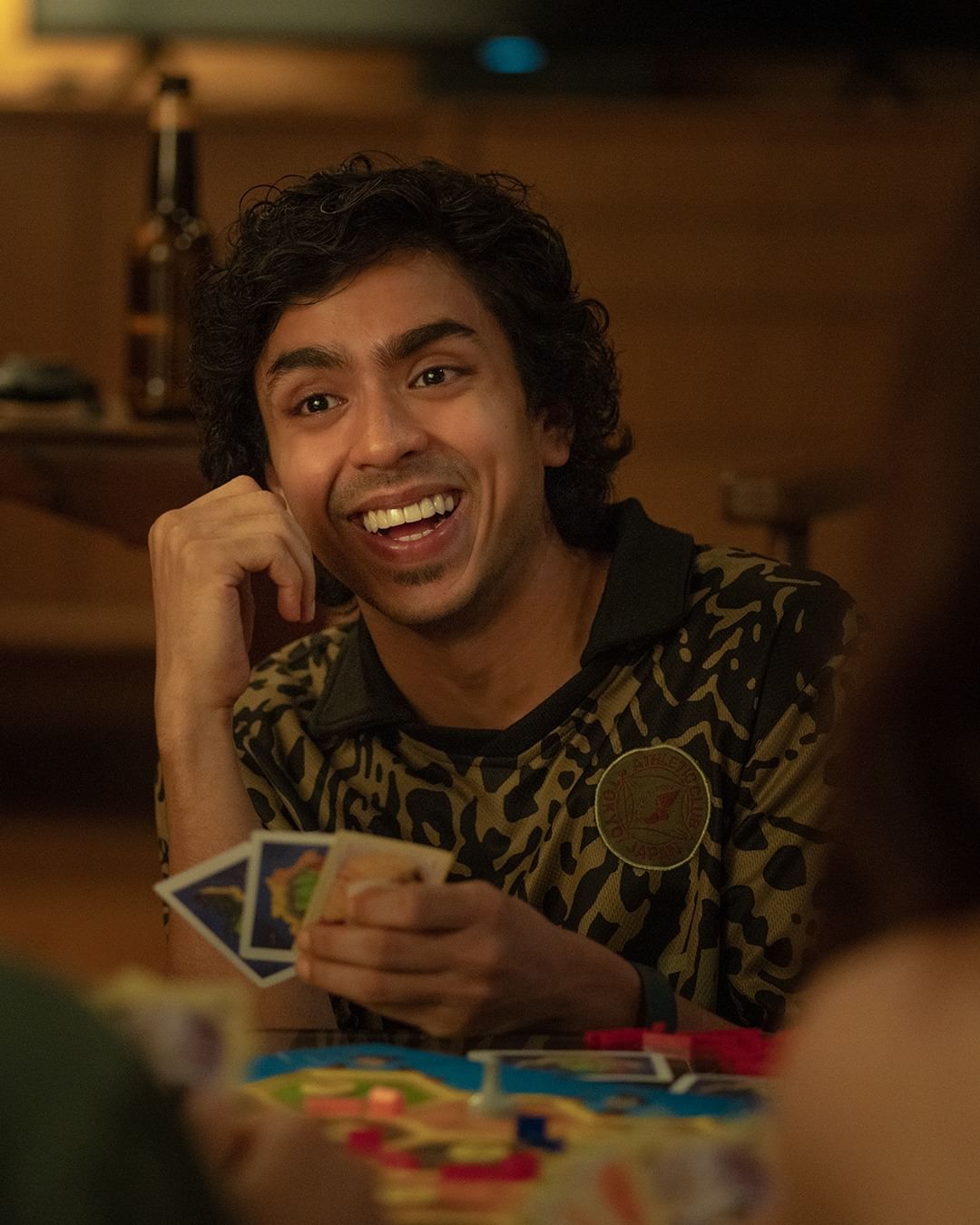
Then, Neil (Adarsh Gourav) is quite lost in a way, he presents to us something expected in the way that he dresses that fits his persona or the job he has. He needs to prove himself with the latest sneakers, the latest brands but even though he spends money on the latest drops of streetwear, he still manages to feel hard done by. I think he presents one of the more complex personas in the film, so we didn’t have to try too hard with Neil. He definitely has striking sartorial moments in the film when he is on his bike and wearing the baggy 80’s Nike or Reebok shell suit jacket, the movement and the contemplation is superb to watch. The ganjis he wears are also a nod to Kho Gaye Hum Kahan‘s director’s preferred style of wearing t-shirts.
For Lala the influencer, we enjoyed researching the ‘dark pop’ performer Dua Lipa. From hugely glamorous to girl-next door looks, I was hoping for that kind of range for Lala in the way she presents herself. Her bold style is dictated by her followers wants. On the face of it Lala is an obvious representation of the ‘consumed’ side of Gen Z culture, her clothes always new, always styled, always expectant of a photo opportunity.
ELLE: The audiences collectively loved the ‘revenge dress-red sari’ moment with Ananya Pandey in Kho Gaye Hum Kahan. Tell us about that.
The sari is introduced at a pivotal moment for Ahana in Kho Gaye Hum Kahan. This is the first time she will see him since he dumped her without explanation. Her anxiousness is heightened as this meeting is at a well attended social event, a mutual friend’s wedding reception. We designed the sari with Rebecca’s close friend and talented designer Rhea Pillai Rastogi. We dyed the fabric to a soft English rose, it’s not red. It was a simplistic design, focused on the fabric which was a lightweight crepe, but paired with a sexy blouse with a laced-up back. Rhea knew what we wanted immediately and after a couple of sketches and embroidery samples we decided on a pink beadwork blouse, highlighted with gold beads and delicate gold thread work. We intentionally kept the design in contrast to he most elaborate sari work to stay true to Ahana’s character. She’s trying to impress Rohan, but she doesn’t go completely over the top because she’s experimenting, and ultimately chooses something that makes her feel confident and sexy while still being herself.
ELLE: Which Gen Z trends did the two of you focus on, to ace the costume styling for it to be in sync with this generation?
The styling for Ahana, Neil and Imaad in Kho Gaye Hum Kahan is a more subtle take on the Gen Z fashion zeitgeist. The approach to their styling in general focusses on craft-core, vintage-core and wearing clothing sourced individually from smaller/ creative brands rather than fast-fashion brands. Their looks suit the characters’ authentic personalities. However, with Lala we played with a more bold fashion palette and changing silhouettes because she’s an influencer and clearly represents a side of Gen Z culture in terms of fast fashion attitudes. Rebecca’s friend and designer Anikate Satam was invited to create my barbiecore-inspired dress design for Lala’s birthday party scene. This was paired with a bold and colourful Adidas lightweight jacket. She’s edgy, she’s fierce, she’s bigger, badder, bolder. Something her audience and followers would be excited to see her wearing, noting styling trends she engages with on social media.
ELLE: Take us through some exciting projects you’re currently working on / are looking forward to being a part of, in the near future.
Bridget Baker: I’m working on a project with Molly Manning Walker, who recently won the Un Certain Regard award at the 2023 Cannes Film Festival for their debut feature How to Have Sex (2023). I am also in the research phase for other exciting projects to be realised in 2024.
Rebecca Anderson: I’m currently working on a Netflix original film called Nadaaniyan, directed by Shauna Gautam where I’m doing secondary costume design.
Also Read: In 2024, Take Cues From Khushi Kapoor’s Glam Fits


